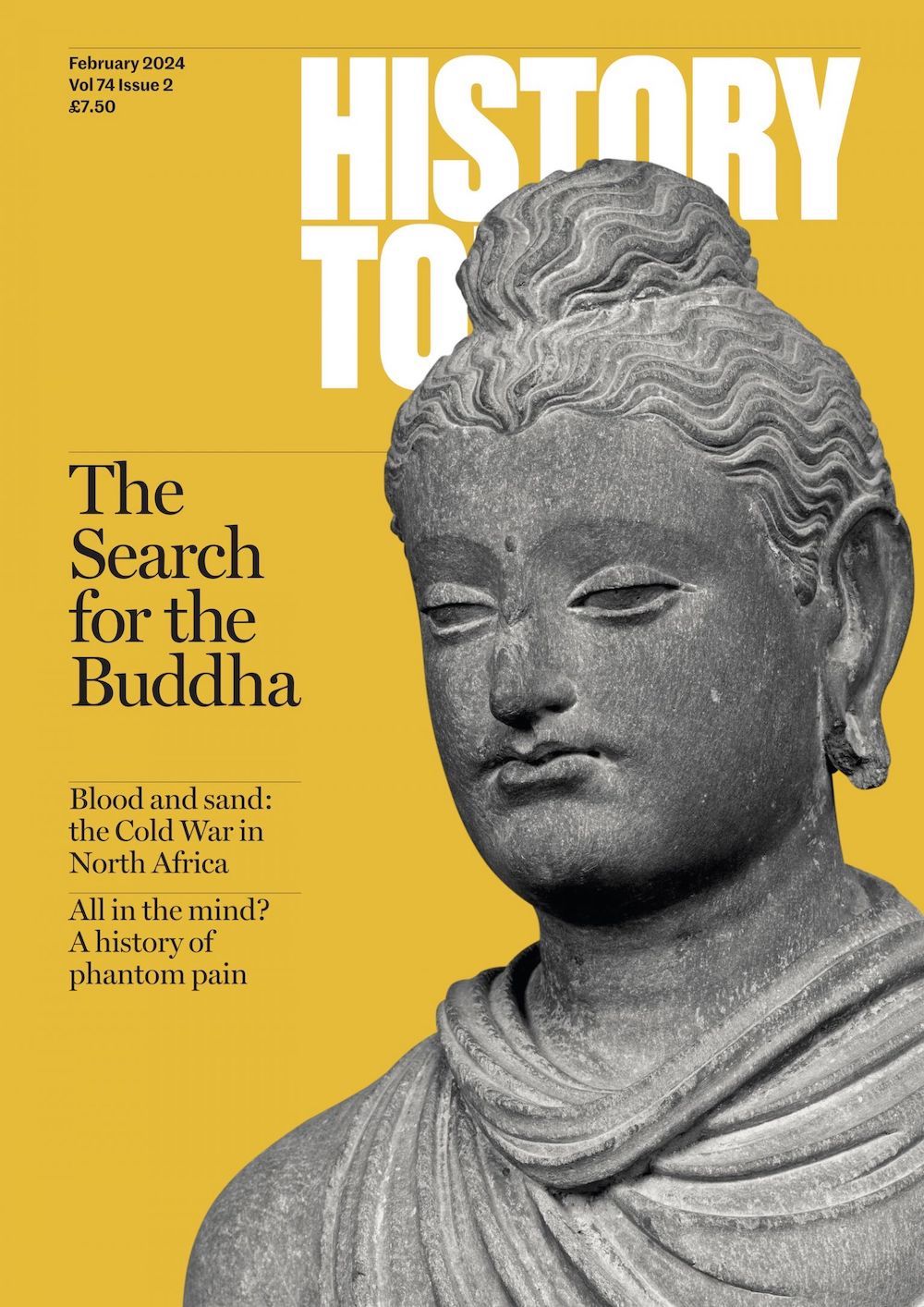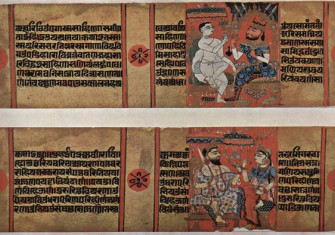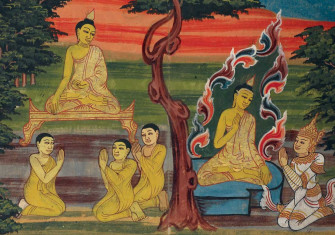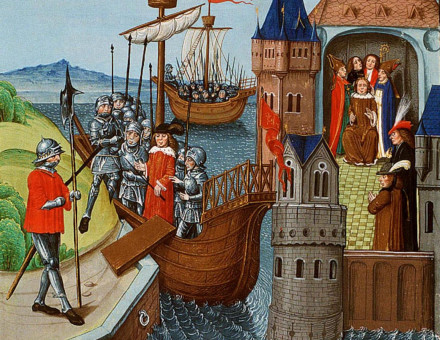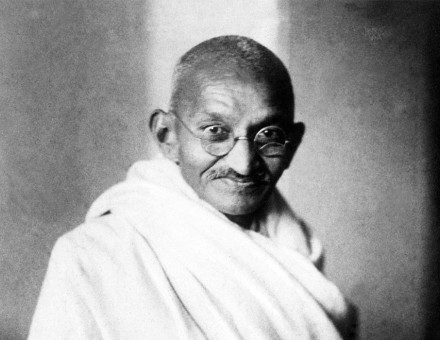The Search for the Historical Buddha
Arriving in the West in the 19th century, the Buddha of legend was stripped of supernatural myth and recast as a historical figure. What do we really know about him?
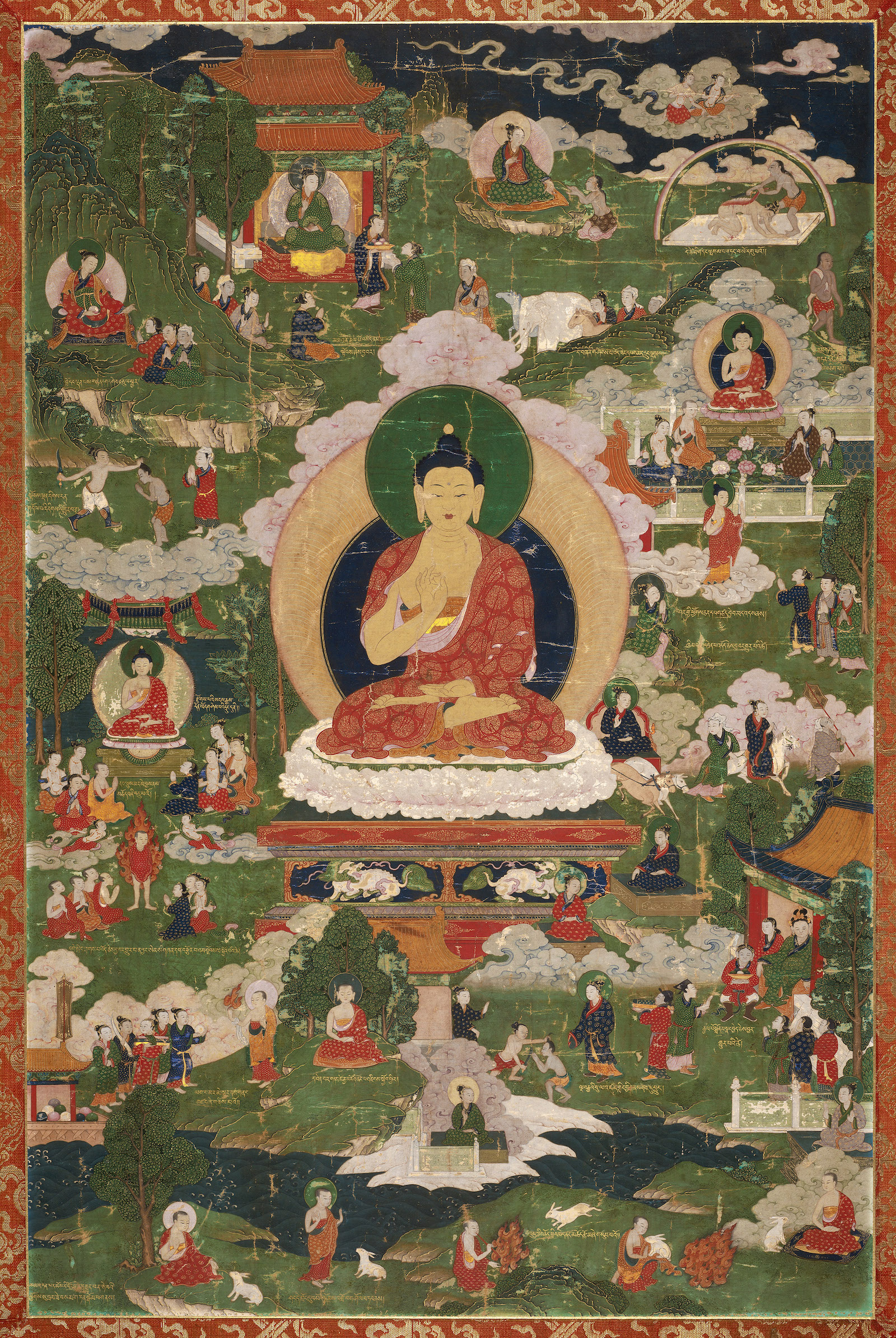
We are familiar with the story of the Indian prince who, in the fifth century BC, devoted his life to finding the solution to the problem of human suffering and to teaching others the path to freedom from it. And yet, remarkably, the story of the Buddha and the religion he founded is one that the West has only been aware of for fewer than 200 years. Before that, confusion reigned.
Despite the inclination of 16th- and 17th-century Jesuit missionaries to view all Asian idolatry as inspired by the Devil, they were instrumental in discerning that, while there were many idols referred to by many names, they were all local variations of a single figure: the Buddha. But who was he? During the 17th and 18th centuries he was imagined in various guises. A Hindu understanding of the Buddha saw him as an incarnation of Vishnu; to Christians he was seen variously as the equivalent of the patriarch Noah or the gods Mercury or Woden. Given African origins, the Buddha was worked into fanciful readings of the origin of all religions in the time of the Flood.

